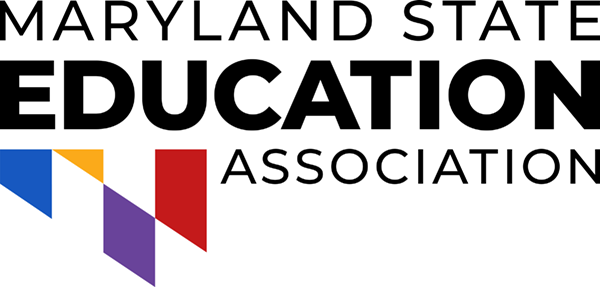
6
SeptemberIf You Build It, They Will Soar
- Frederick County, Hillcrest Elementary School, EL Teacher
- Member since 2006
- IPD Co-chair
- Email: paul_l_guerin@hotmail.com
As an 18-year veteran English Language (EL) teacher in Frederick County, I’m often approached by colleagues who are wondering how to best support their English Language Learners, especially those who have limited English proficiency. In response to my fellow educators, I use a famous movie quote but add my own spin to it: “If You Build It, They Will Soar.” While I’m not proposing the construction of some remote baseball stadium, I am suggesting that in order to best support language learners we need to constantly build upon the linguistic foundations that already exist. Building upon students’ language base requires purposeful design of both lesson delivery and the creation of the classroom environment. That way, ELs are continually surrounded by a variety of supports that will help them to succeed on a day-to-day basis both academically and emotionally. Let us take a look at what this looks like with some concrete examples which can be easily incorporated into any class or content area.
First, before we can address the delivery of instruction, we need to focus on the classroom environment and how it is designed to build upon existing language foundations. Imagine yourself as a student in a foreign country with instruction that is in a language different from your first language. As you enter the classroom for the first time, what would some of the items you look to in order to help you make meaning of your new surroundings? More than likely many of these items will be those that are commonplace for all people regardless of origin. Any classroom tool or object that is used multiple times a day deserves an explicit label and potentially a translation in the predominant language of your EL students. Labeling items will help language learners build an immediate connection to your classroom as a space where they are validated and welcome.
Commonplace vocabulary labels are just the tip of the iceberg as comprehension of grade level instruction also requires understanding of content specific vocabulary. Another way to help ELs with these trickier words, consider building a word wall in your classroom that provides an example of the new vocabulary used in an appropriate context. Additionally, many content specific vocabulary words have cognates in Spanish that should always be referenced, when applicable, to help EL students form an anchor of understanding between English and their first language.
Another consideration to build your classroom environment to support EL students has to do with where they are seated. Consider placing EL students next to, or in close proximity to, a language “buddy” who has the same first language, but at a higher level of English proficiency. They can then be of assistance with basic translations. This tactic has benefits for both students as the language buddy reinforces their own understanding of various tasks by restating directions in the first language, while the other student receives the input in both English from the teacher and the L1 from the buddy.
As we begin planning for lesson delivery, there are many steps that can be taken to best support the language acquisition of EL students. One of the first considerations should always be how we ask and phrase questions. All students need to hear questions asked in an academic fashion that mirrors how they will encounter them on standardized tests. However, we can expose EL students to this type of questioning while also helping them to understand exactly what the question is asking by rephrasing queries using more basic and comprehensible language. Examine each question you pose to students and ask yourself if it can be restated to elicit the same response using vocabulary that carries the same meaning, but that is more commonplace and accessible. If getting students to use academic vocabulary more consistently is part of your goal, then students should be provided with a word bank so they are not left guessing from an infinite number of possibilities. Instead, they are focused on the words that are needed to improve their overall understanding.
It is essential to remember that good teaching strategies are universal for all learners regardless of their first language. We can support the growth of EL students important by building on what is already in place and work to provide the scaffolds that help to bridge some of the missing gaps. When we start to examine the “how” of our instruction, we acknowledge the previous linguistic knowledge base that students already have and help them to build new understandings so that they can successfully soar with their language acquisition.


